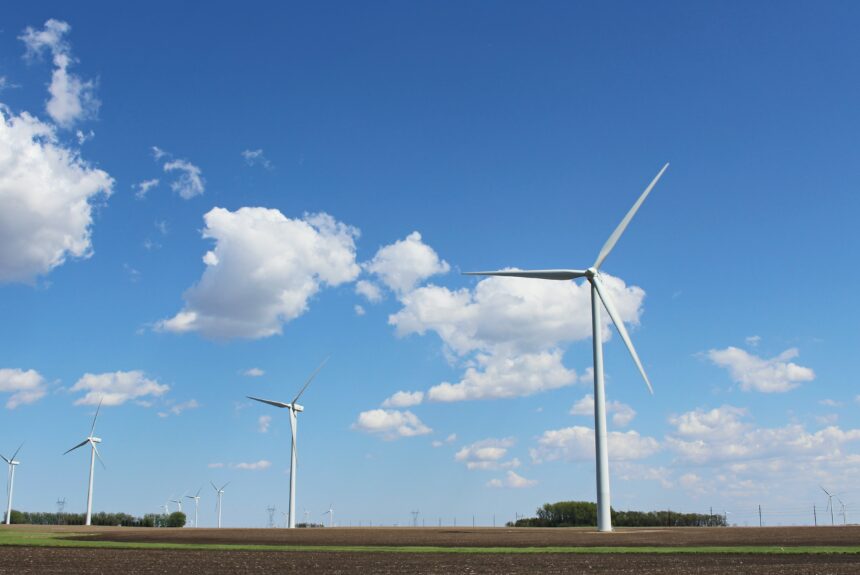Wind power is sweeping the nation, and South Dakota is proof. The power source is now considered one of the leading sources of energy generation across the state. While wind still faces hurdles across the state, the acceleration in new turbine development over the last few years has been impressive.
>>>READ: Global Chaos Isn’t Slowing Clean Energy Development
In 2021, 52 percent of the energy produced across South Dakota was generated by wind turbines, primarily due to an increase in the development of new turbines. Before 2019, South Dakota was home to 526 turbines. Between 2019 and 2021, that amount nearly doubled with 511 new turbines being constructed.
South Dakota is now in a position even to be an energy exporter to neighboring states. As Energy News Network noted:
“South Dakota now produces twice as much electricity as it uses. It exports the rest to nearby states, according to the Public Utilities Commission. Commissioner Kristie Fiegen said newer wind projects were motivated by more transmission lines, available tax credits that developers feared were coming to an end, and technological advancements that make turbines a more feasible investment.”
The new wind developments are mostly cropping up in the eastern part of the state. This makes sense to Steve Wegman, an analyst for the South Dakota Renewable Energy Association. “For one,” he says, “the demand for electricity in West River South Dakota is about the same as the greater Sioux Falls metro area alone. Additionally, the underlying infrastructure, like transmission lines, already exists in eastern South Dakota.”
Little new transmission capability has been developed in western South Dakota over the past years. “All of our big transmission lines [in that part of the state] are full and until we get more built, there is no use in building more turbines.”
Wind power has the potential to dominate the state in terms of power generation. However, there are more roadblocks than just limited transmission capacity standing in the way.
>>>READ:NIMBYism Prohibiting Clean Energy Development, According to New Report
One key roadblock is limited energy storage capacity. South Dakota is a state with harsh weather conditions, and these conditions impact day-to-day energy output. Increased energy storage would allow for more consistent power generated by the wind to be fed into the grid.
While wind power may ebb and flow in South Dakota, it has certainly become a state leader. South Dakota’s energy situation illustrates two very important truths. First, renewables are growing and are here to stay. Second, an all-of-the-above approach is needed to ensure all generation gaps are filled. South Dakota is a perfect example of a state that is embracing renewable energy while taking care to not leave the state with unnecessary energy gaps.
Kelvey Vander Hart is a native Iowan, a member of the American Conservation Coalition, and a communications specialist at Reason Foundation.
The views and opinions expressed are those of the author’s and do not necessarily reflect the official policy or position of C3.
